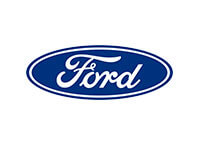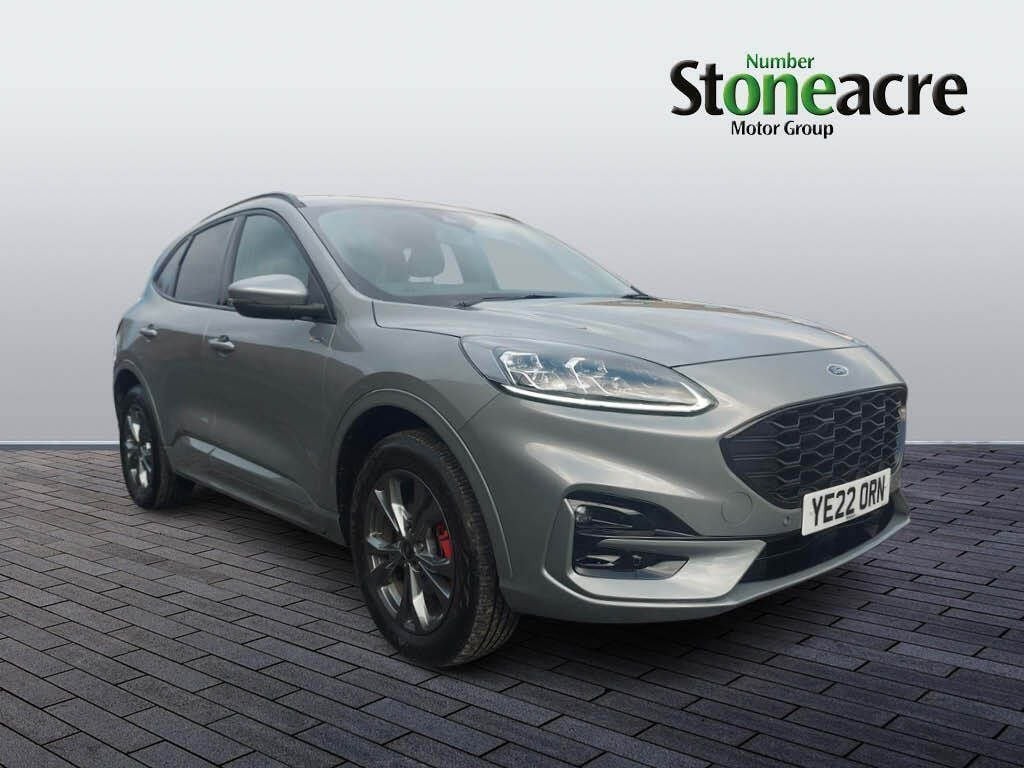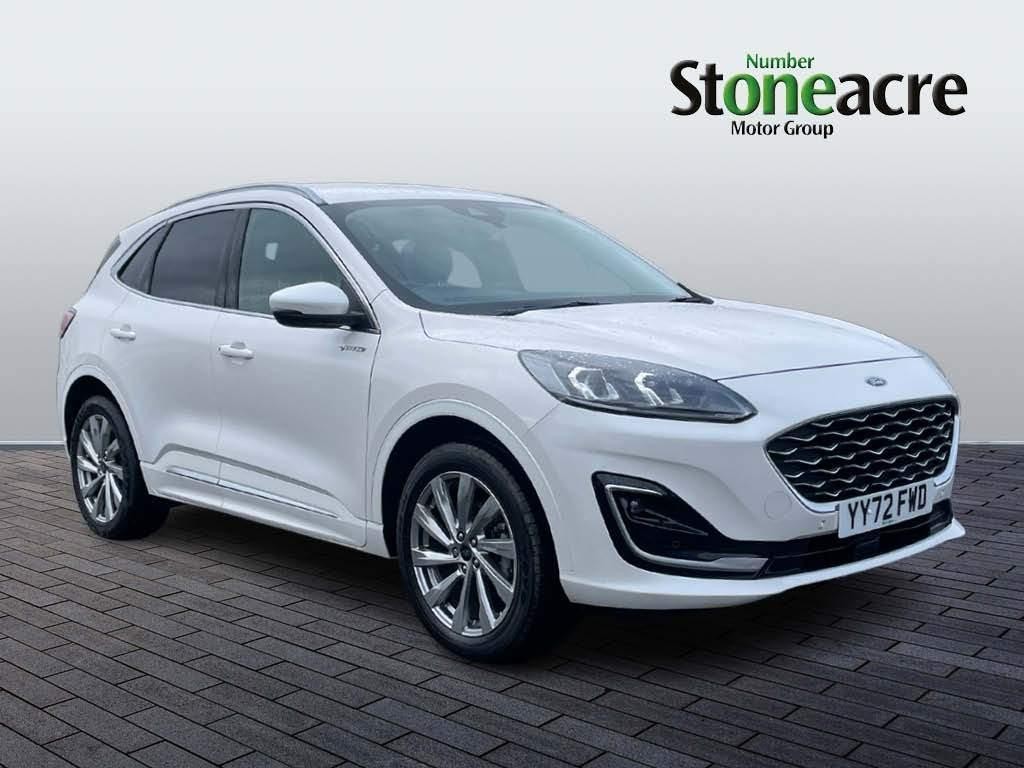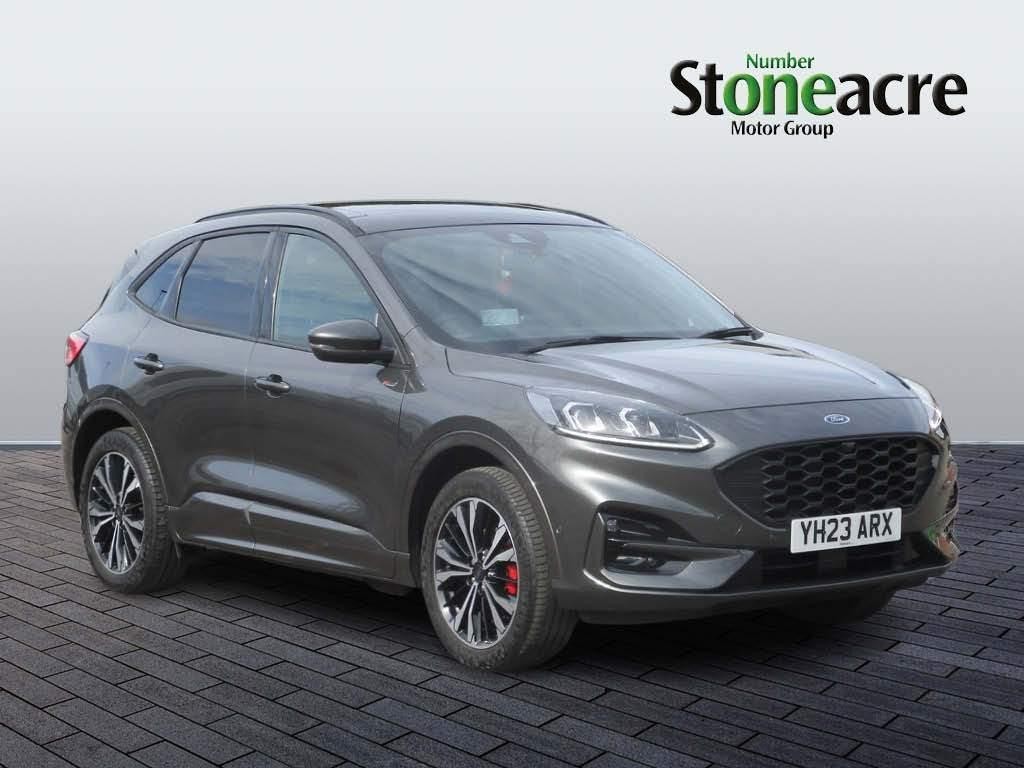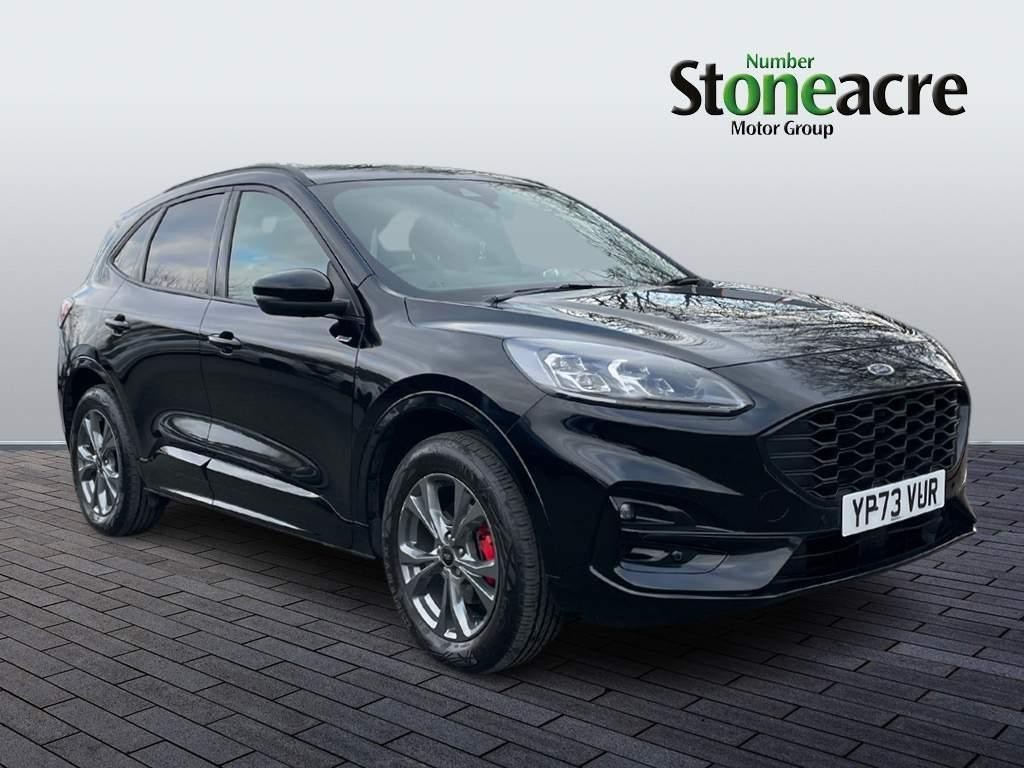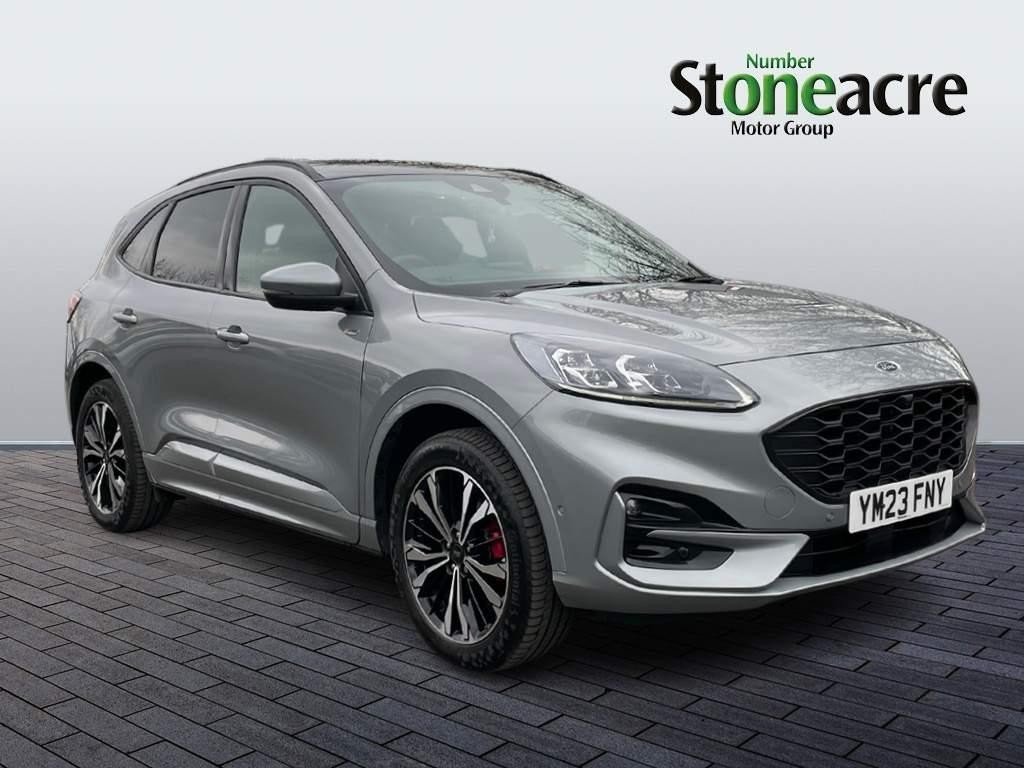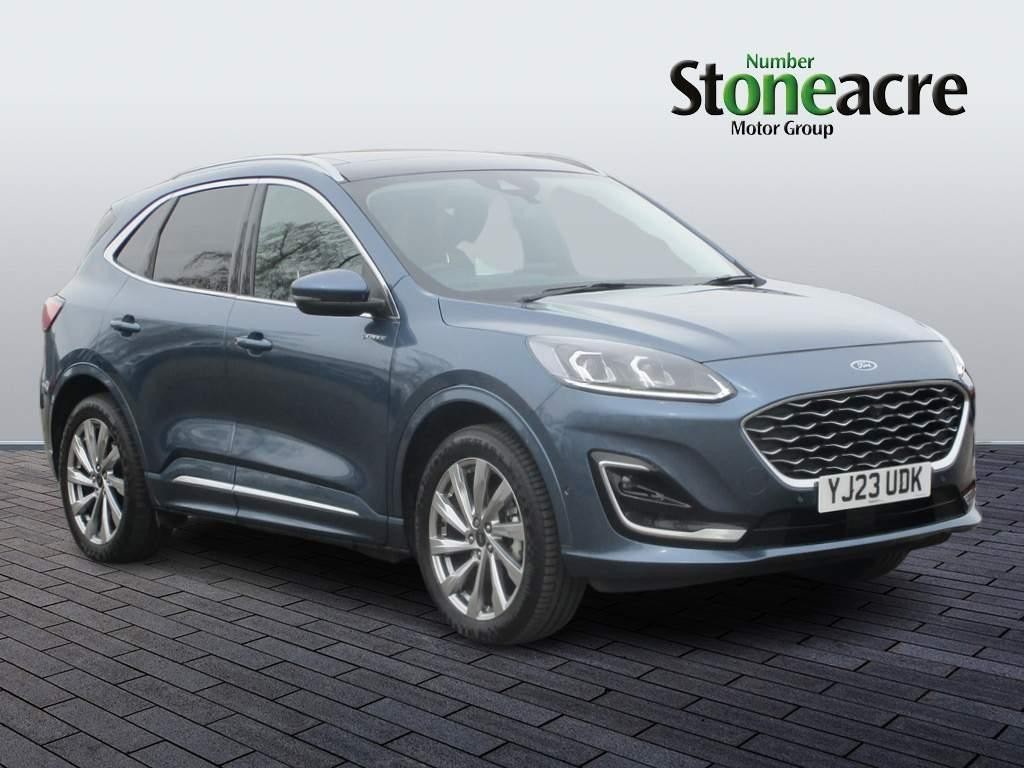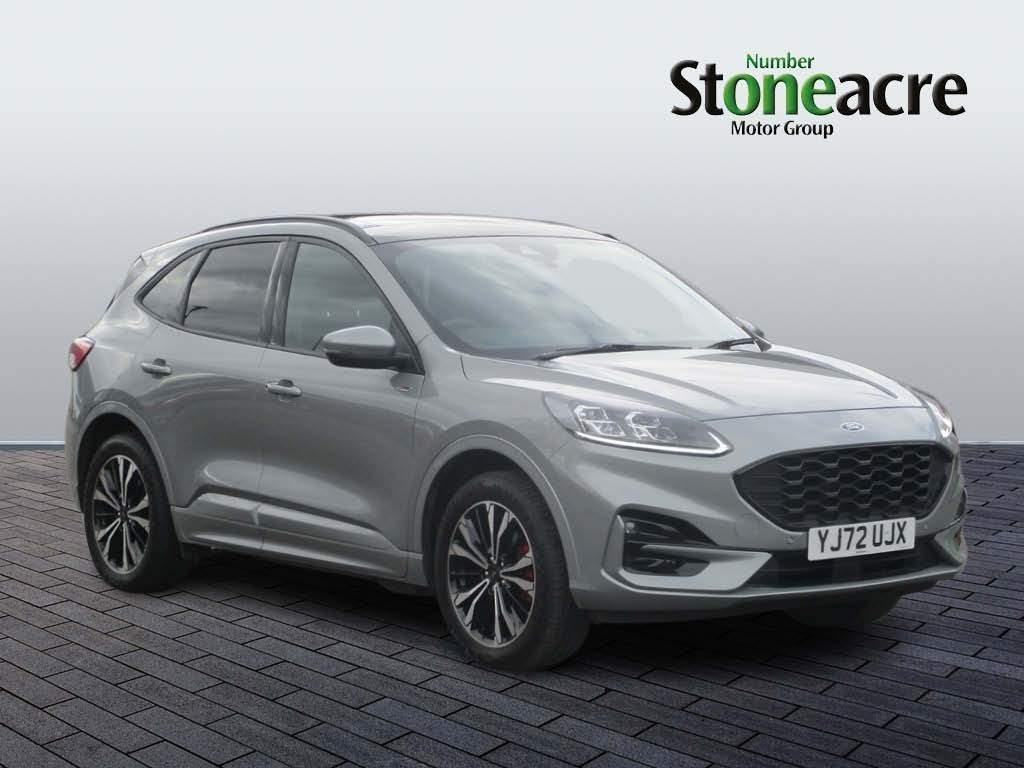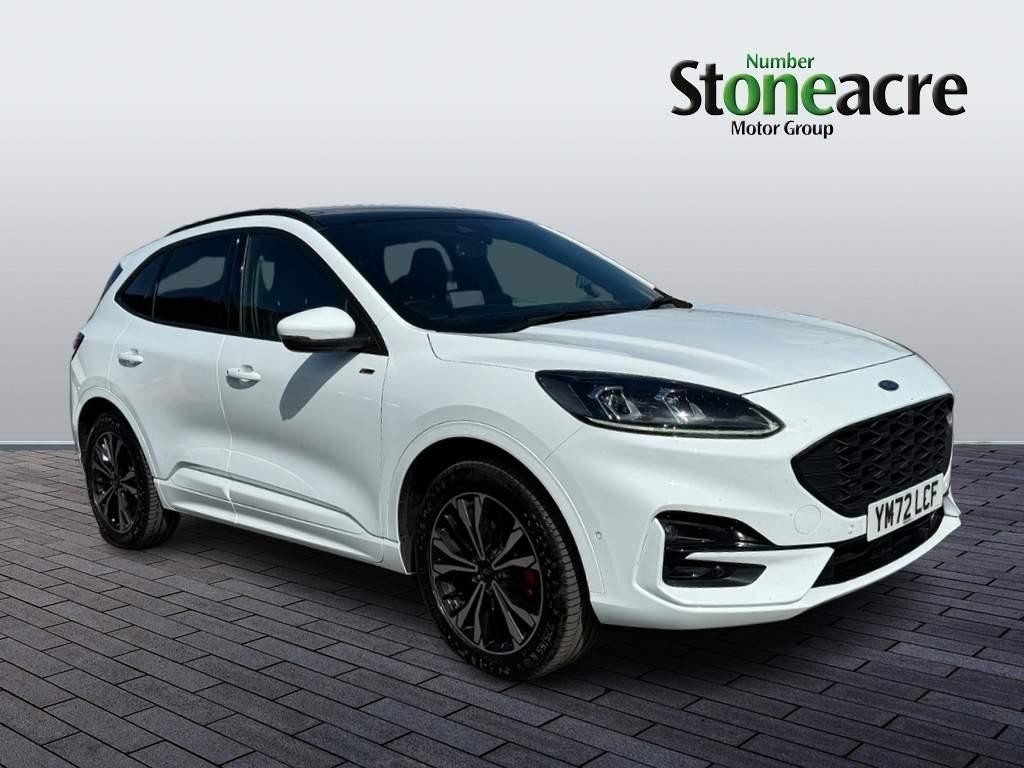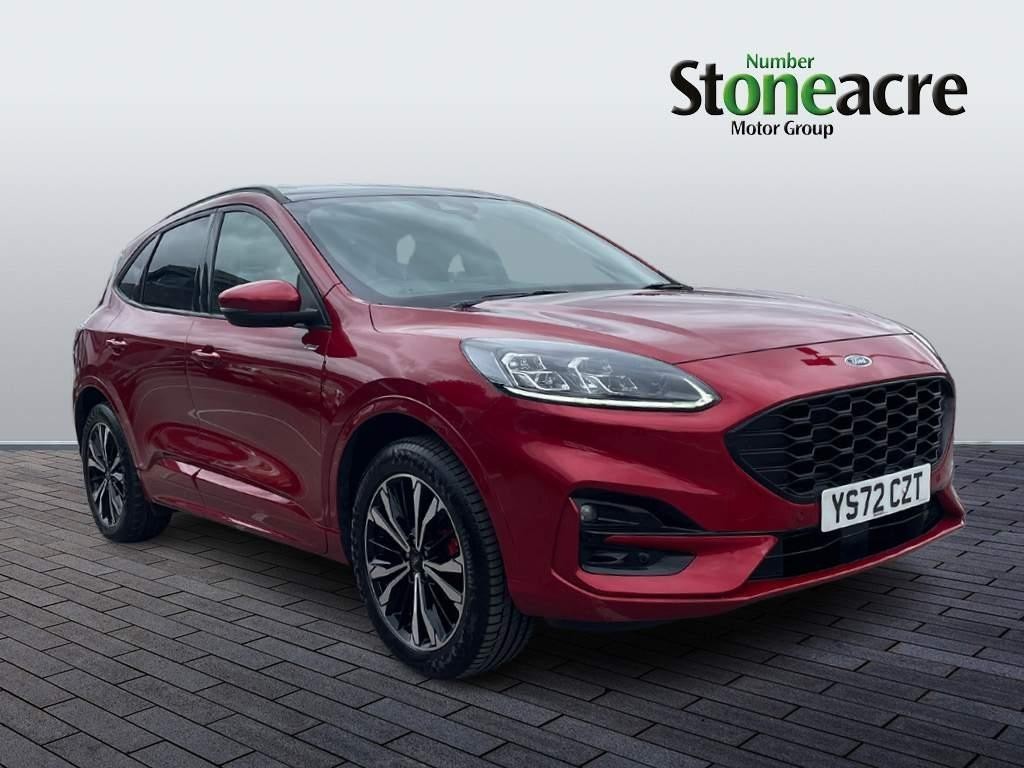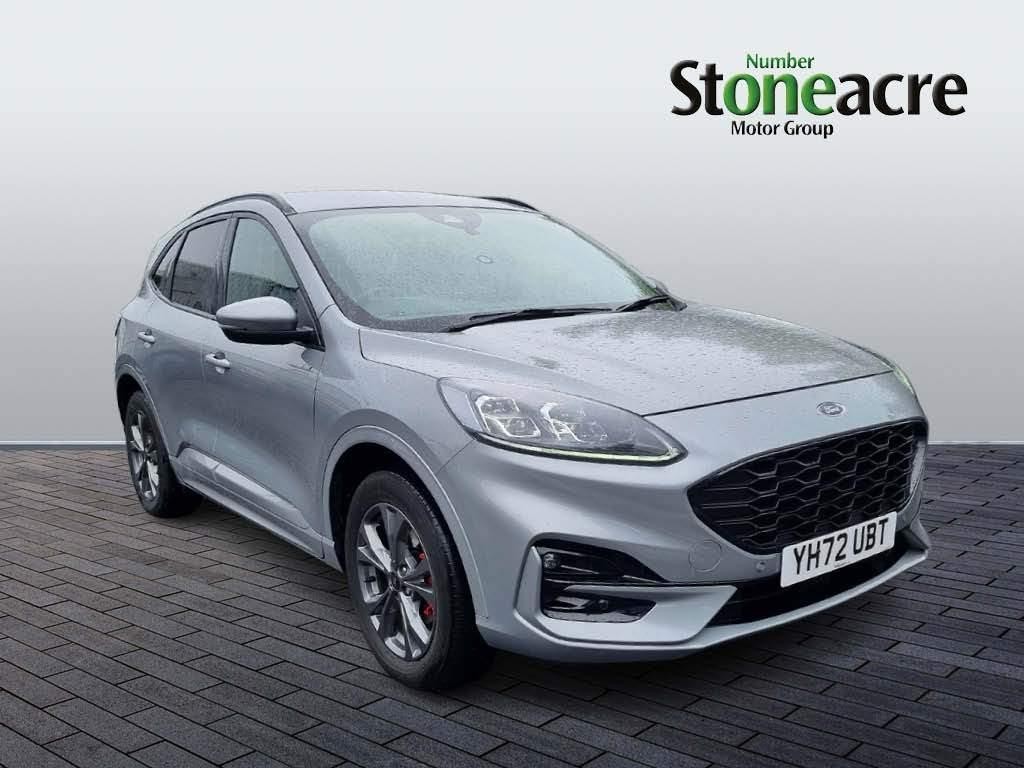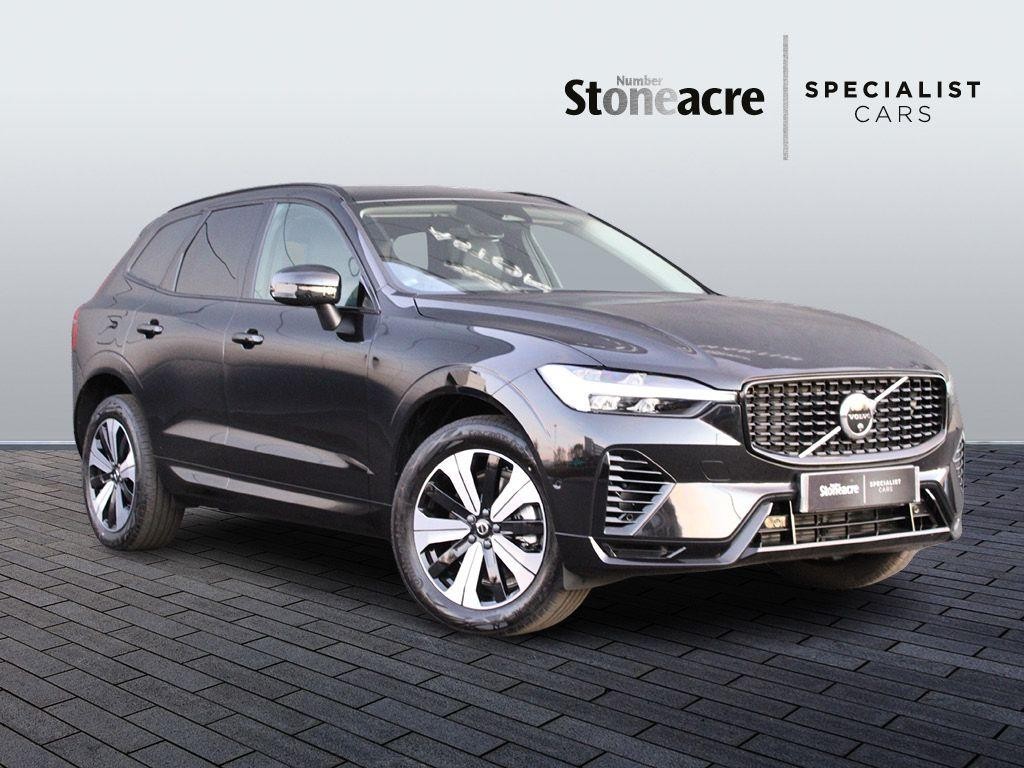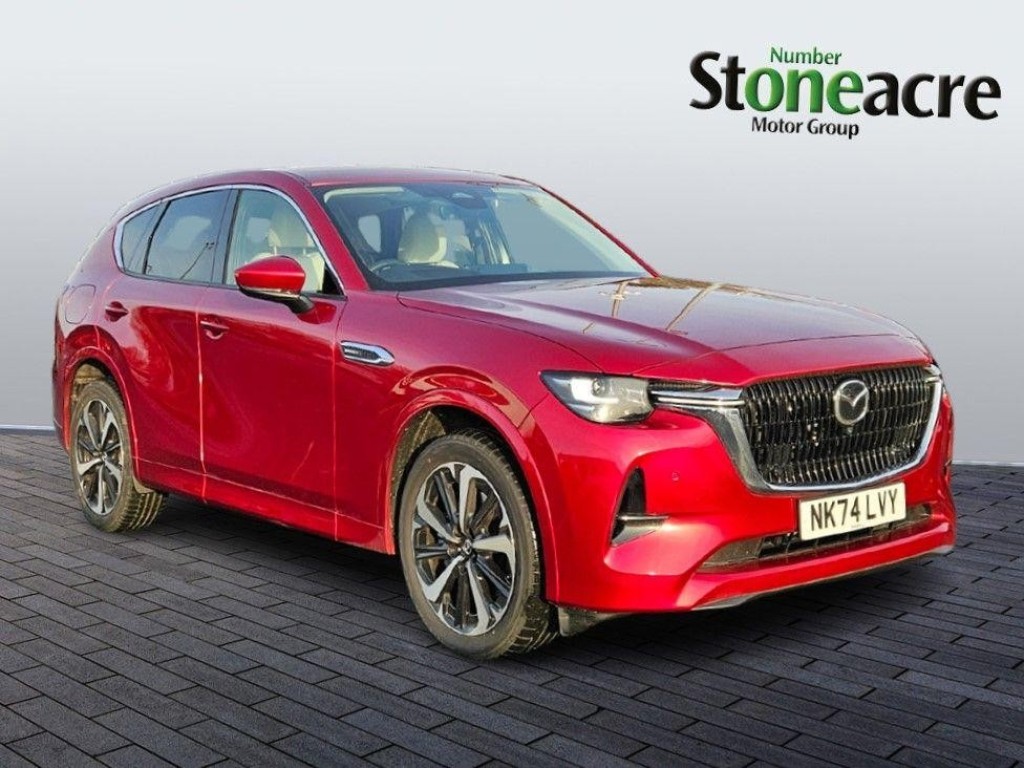
Hybrid Cars at Stoneacre
Discover the world of hybrid vehicles, the different types, and how they can help make motoring more efficient.
.jpg)
Choosing a hybrid car
In a world of ever-changing technology and being told that the death of the combustion engine is imminent, it could be that you feel slightly pressured to decide on which type of vehicle to get next.
As such, being able to make an informed decision could be a bit of a challenge thanks to a whole new batch of automotive jargon heading your way.
But we’re here to break down the information to help make such a decision that little bit easier when it comes to hybrid electric cars.
Possibly seen as a gateway to a full electric, hybrid cars come in various forms and have varying levels of effectiveness of helping clean up the environment. Not only that, but you’re amount of involvement will also change depending on which type of hybrid car you choose.
What is a hybrid car?
Put simply, a hybrid electric car combines the use of an internal combustion engine and a battery-powered electric motor. Working together, the duo can help make a car notably more efficient, with the electric motor helping supplement the use of fuel to maximise the vehicle’s economy.
This is made possible thanks to the electric motor reducing the demand on the engine to burn fuel to power the car at points of acceleration and braking.
Not all hybrids work the same, however, and you’ll come across three main choices when looking into buying a hybrid car. Mild hybrid cars, for example, have the minimum amount of hybrid intervention, while a plug-in hybrid vehicle offers the ultimate hybrid experience, with a full/self-charging hybrid sitting somewhere in between.
Which type of hybrid car you choose will depend on how much hybrid assistance you wish to have, as well as how much day-to-day involvement you would like to have.
.jpg)
Mild hybrid cars
Often referred to as mHEVs, mild hybrid cars are usually the most affordable kind of hybrid vehicle, as they offer the most straightforward of hybrid assistance.
Helping to reduce fuel consumption and emissions, mild hybrids cars can be found as petrol or diesels, and will feature a small electric generator that replaces a typical starter motor and alternator, as well as a small lithium ion battery.
The electrical system in a mild hybrid car will usually run at 48 volts, and power components that would have been typically powered by the engine, helping the combustion unit run more efficiently.
A mild hybrid setup doesn’t provide enough electrical assistance to allow the car to run on electric power alone, and it will never need to be charged by the driver. However, a mild hybrid does have the capacity to harvest energy under braking, with the battery capturing this energy to provide the extra assistance.
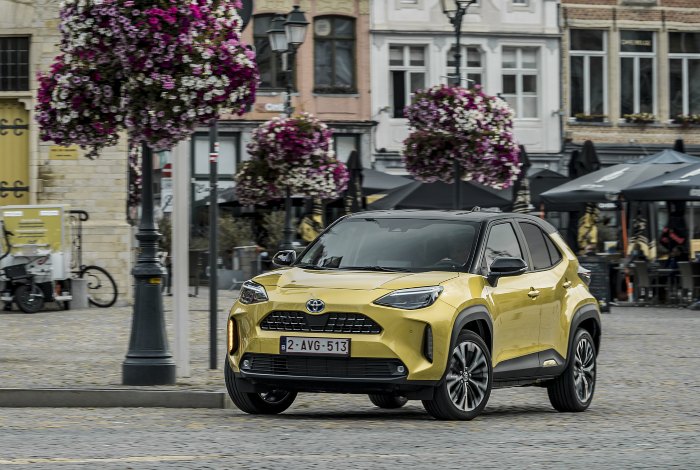
Full/self-charging hybrid
Probably the most commonplace hybrid electric car, a full hybrid can be referred to in a few other ways – self-charging hybrid; parallel hybrid; HEV (Hybrid Electric Vehicle).
A full hybrid will use both the combustion engine and its electric motors to drive the car, and can do so simultaneously or independently. Most of the time, the hybrid system is there to provide extra power in conjunction with the main engine to noticeably improve on fuel economy.
However, with the electric motors built into the drivetrain, a full hybrid also has the capacity to run on electric-only power, though typically only at low speeds and short distances.
Luckily, if the battery is drained you’ll be able to keep going as normal thanks to the engine, which can charge the battery to full capacity quite swiftly whilst on the move.
.jpg)
Plug-in hybrids
As the most complete hybrid experience, a plug-in hybrid – or PHEV – is the closest you’ll get to an electric car whilst still having a combustion engine under the bonnet.
Larger onboard batteries compared to those of a full hybrid make for a much more efficient package. The main advantage to this is the ability to do much more on electric-only running, with plug-in hybrids sometimes able to do up to 50 miles powered exclusively by the batteries and motors.
But it is important that, to make the most of this setup, you need to ensure the car is being charged overnight or whilst at work so that the batteries are replenished, enabling you to continue with zero-emissions running.
The engine, unlike a full hybrid, will not charge the batteries in a plug-in hybrid, and you need to make sure you have a wallbox at home or a charge point when on the move to charge the car’s hybrid system. You’ll be able to use a conventional three-point plug as well, but this will take longer to charge the car fully.
However, if you did run out of charge whilst on the move, the combustion engine will keep you going, so no need to worry about range anxiety. Though it is important that, to make the most out of your plug-in hybrid car, there needs to be charge available to at least aid the engine.
Hybrid cars for sale
You’ll find at least one hybrid car for sale in most manufacturers’ range of vehicles. Some will offer a mixture of hybrid types, while others may focus on a specific kind of hybrid technology across the board.
Not only that, but you’ll be able to discover hybrid setups in a whole host of vehicle types, be it a hatchback, SUV or coupe.
Popular hybrid cars for sale include the Suzuki Swift (mild hybrid), Kia Niro Hybrid (full hybrid) and the Volvo XC40 Recharge (plug-in).
When it comes to the used car market, you’ll typically find a plethora of pre-owned hybrid vehicles for sale, as most manufacturers have been making hybrids in one form or another for some time now.
Here at Stoneacre, we represent over 20 franchises and we work closely with each to offer our customers a selection of hybrid car deals on a large assortment of models.
The cost of buying a hybrid vehicle is typically cheaper than purchasing an electric car, so can be seen as a great way to dip your toe in when it comes to electrified vehicles, giving it time for electric vehicles to fall in price as they become more prevalent.




